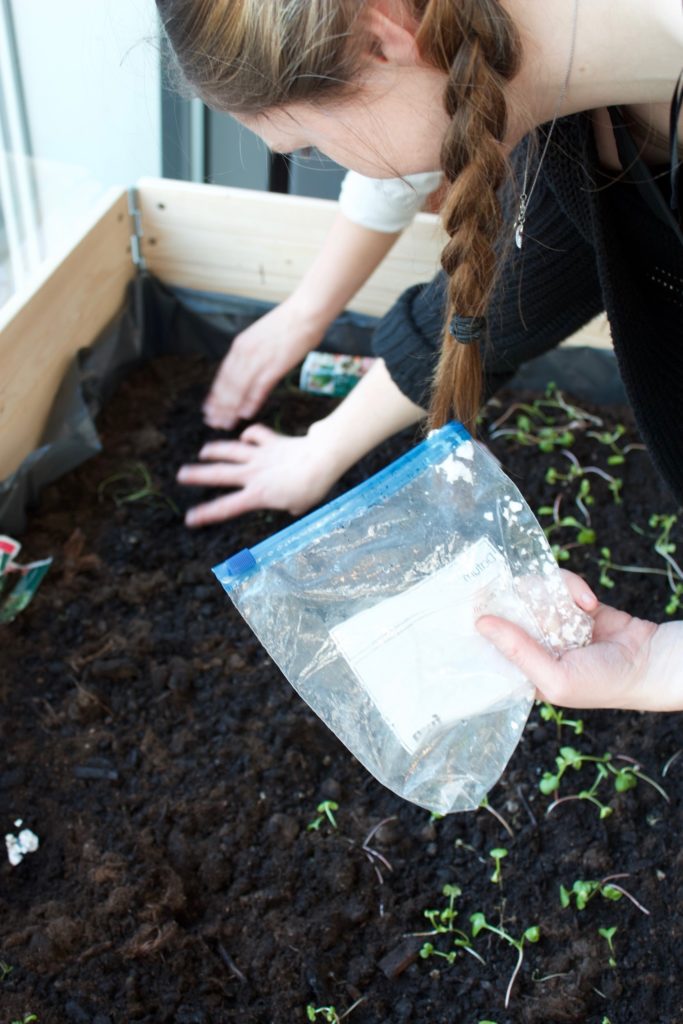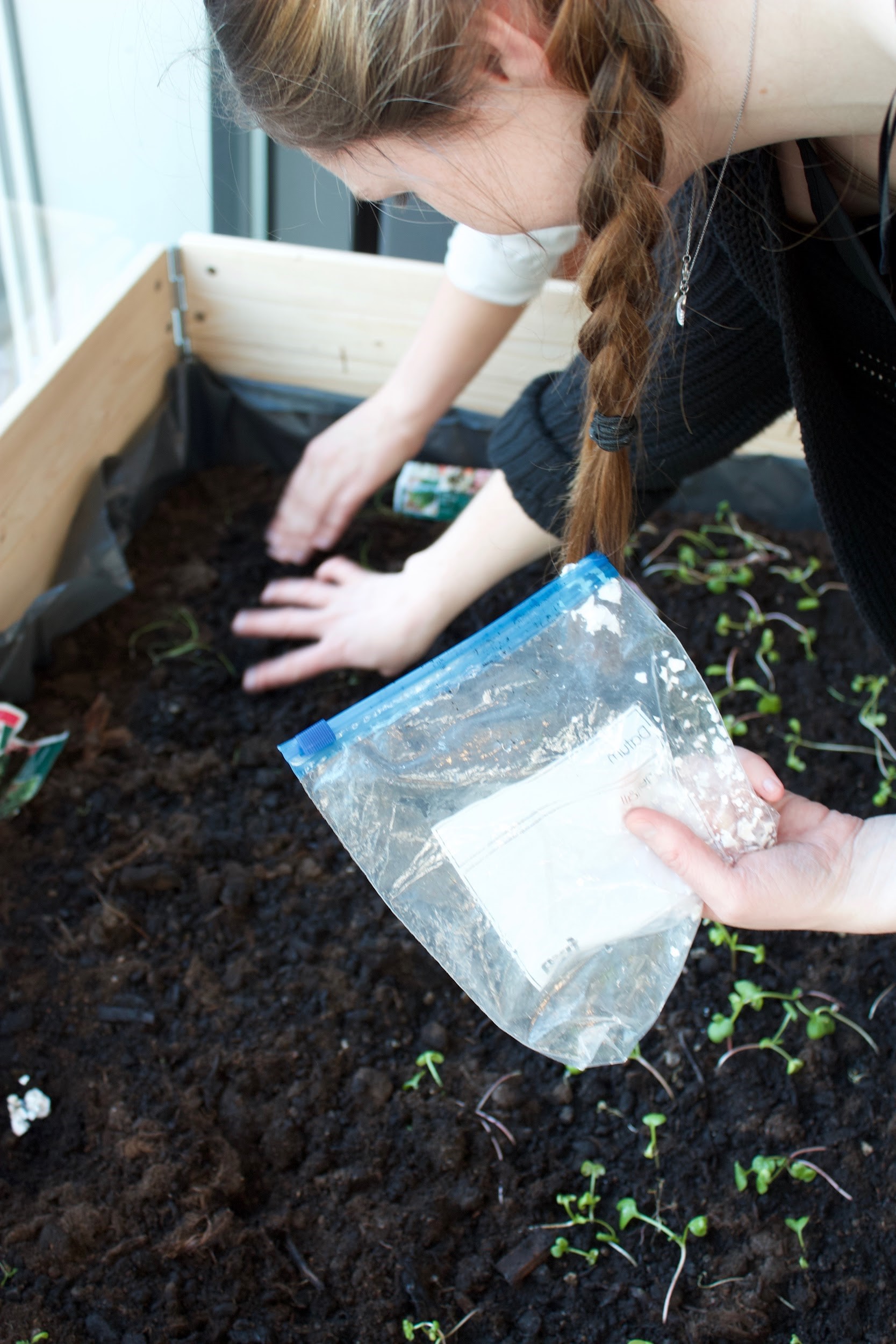News
A Designer’s Guide to Starting a Local Food Community: Part 3

This is Part 3 of the 3-part series of workshops conducted by Lisa Shields. The first workshop was focused on finding and gathering interest, the second workshop was on building friendships and connections, and the third workshop (in this article) is focused on creating effective care methods. Lisa Shields is a design student at Linneuniversitet in a program called Design+Change and has written this is a 3-part guide that will give you the tools to form food communities in the area you live, to bring together people to start growing projects as well as building deeper care relationships to the food grown as a community. Be sure to tackle Part 1 and Part 2 before tackling Part 3!
Workshop 3: Creating effective care methods
The third workshop is for those who want to bring together the farming community formed from the previous two workshops and to learn about care relationships towards their food, the plants and the soil.
It is for the participants to use their hands to touch the materials and actively engage with growing with a more conscious understanding. This workshop allows people to share different caring methods, for the community to learn from each other and inspire one another to be creative when caring for our food, soil and plants.
There are many alternative ways to care for plants and soil, the aim of this workshop is to bring the community together to build a collective knowledge and learn new methods of care from each other. It is important for the community to find the most effective care methods for their context and growing situations.
Activities: Participants will bring materials to use in the workshop; they can make compost, fertilizer or test out any new methods of care. Let the participants know beforehand what their group will be making. The point is for the participants to take part in a joint activity that is in relation to caring for their food and soil. The participants need to take action and touch the materials. While touching and exploring the different materials, the group will go through a meta-design method of 5 layers of storytelling which will be done through a discussion.
The different layers are:
- Discussion as a group the senses experienced from the materials.
- Discussion on the facts about the soil, plants and the other materials brought.
- Discussion on the connections, dependencies and inter-relations between soil, humans, food. How do these connections affect one another?
- Discussion on how care relationships can be brought into growing project in the community. How can the community grow and implement caring techniques?
- Summary of the discussion, what have they learnt, enjoyed or not enjoyed.
Each layer will be discussed for roughly 5-10 minutes, these layers might flow into the next quite easily. If not, the host of the workshop should guide the discussion in the right direction by asking the questions above to encourage dialogue between the community. It is important to emphasise that everyone in the group should have a chance to share a story or be involved in the discussion and everyone should be listened to.
Step-by-step guide:
1. Gather as a group and explore, through touch, the materials brought to the workshop.
2. While exploring the materials, as a group, go through the 5 layers of storytelling (Tham and Lockheart, 2008).
3. Once the discussion is over, move over to implementing some of the care methods discussed by ‘doing’. Use the materials brought to make something that will benefit the plants and soil, such as a fertilizer, compost or anything else the group thinks will be beneficial. Again, it’s encouraged to be creative and there is no wrong outcome!
Learning outcomes: By doing this workshop I learned that:
- It’s sometimes difficult to get all the participants to engage in the conversation, just remember to tell them that everyone needs to share and everyone needs to be listened to, don’t feel bad as the host to take some control of the group.
Reference: Tham, M., Lockheart, J., 2008. Metadesigners. [ONLINE] Available at: https://metadesigners.org/Tool-52-Collective-StoryTelling?highlight=5+layers+of+storytelling. [Accessed 17 April 2018].
That’s that – the end of my 3-part series on how to start a sustainable food community in your local area. Stay tuned for more articles and tutorials! I hope that the guide proves meaningful for those of you embarking on the journey, and if you have any questions, feel free to email me at [email protected]. Have a great week.
With Love,
Lisa and the Growgbg team.






